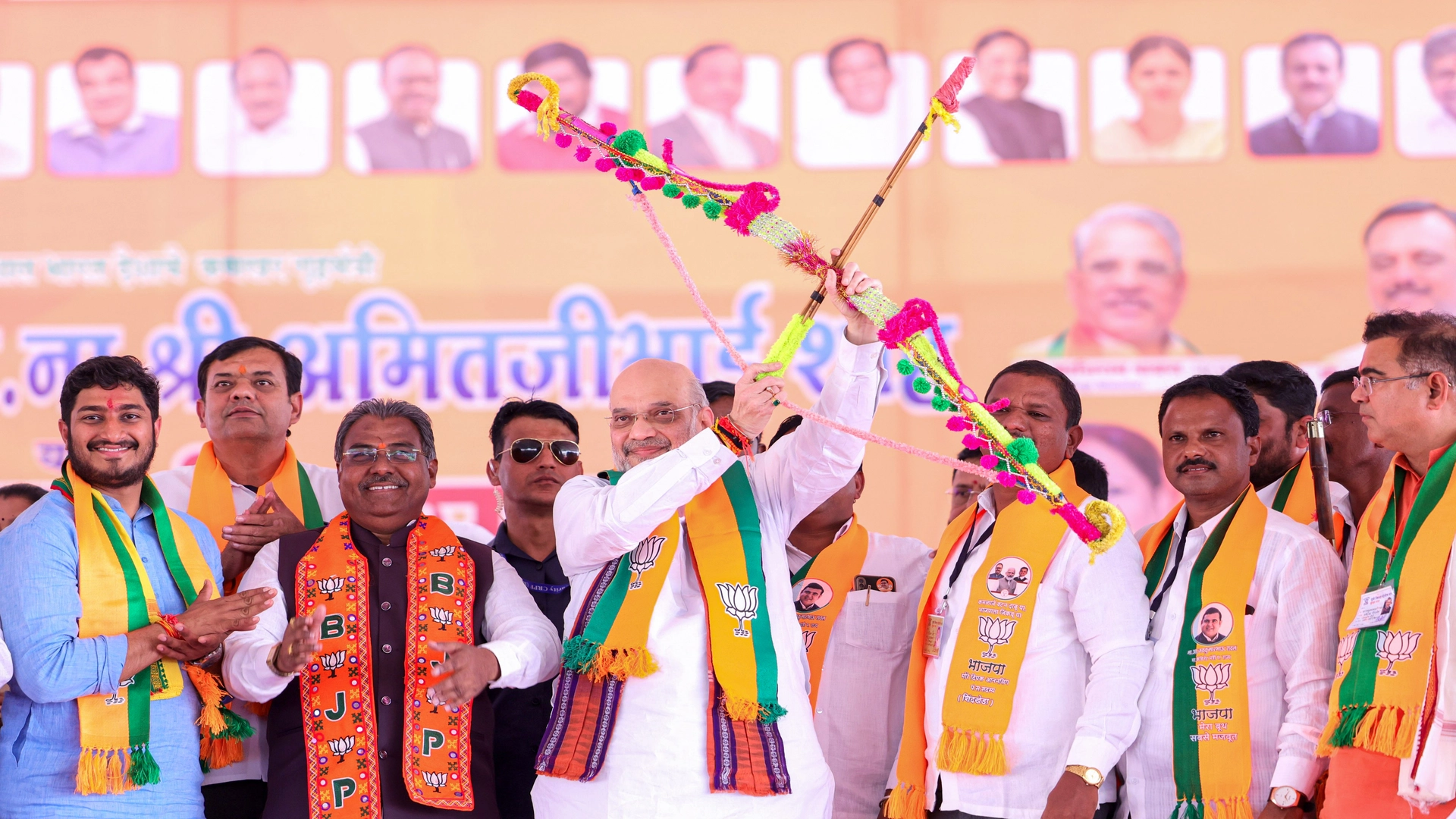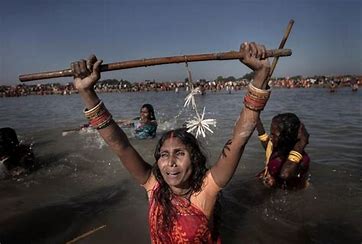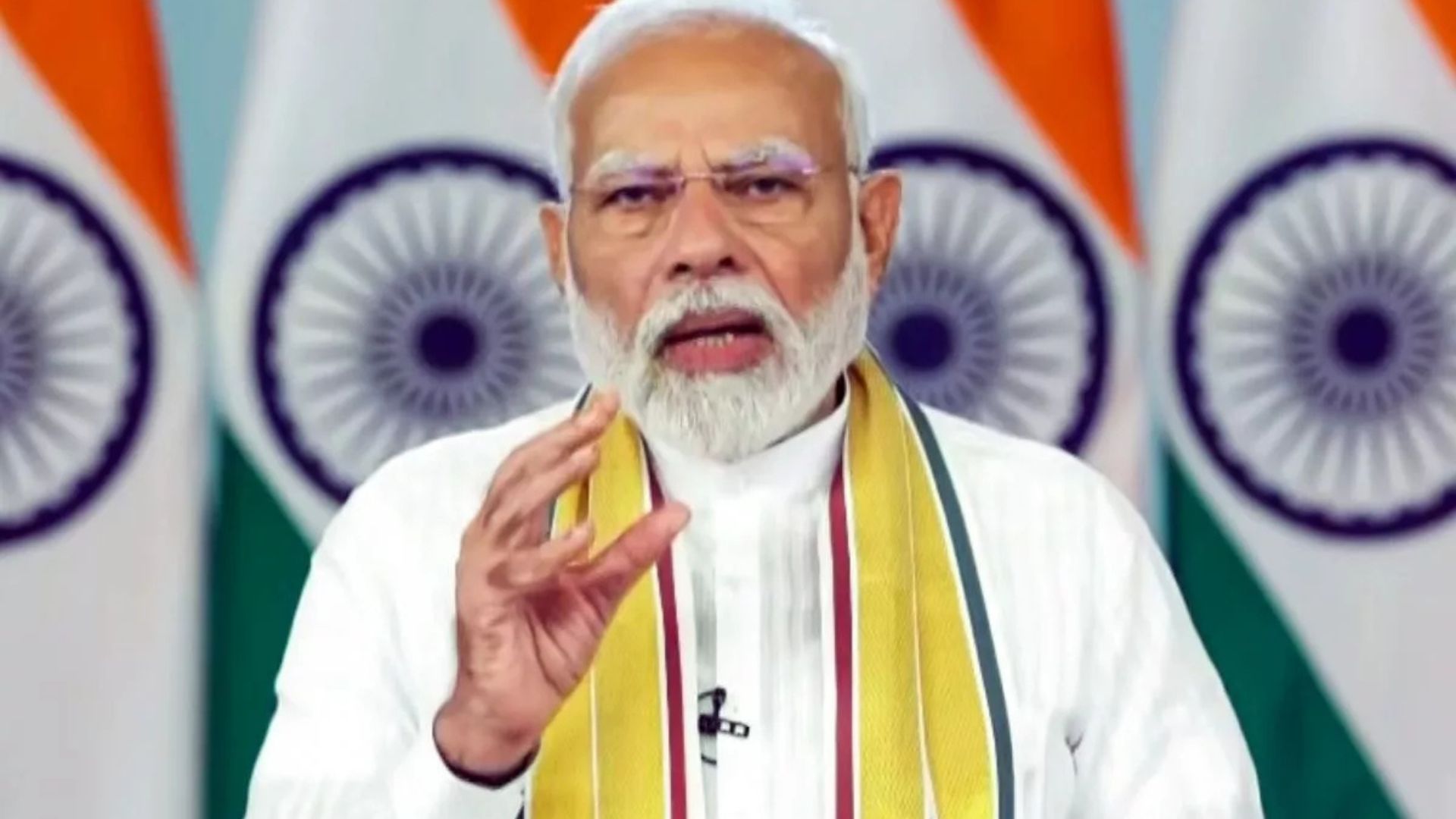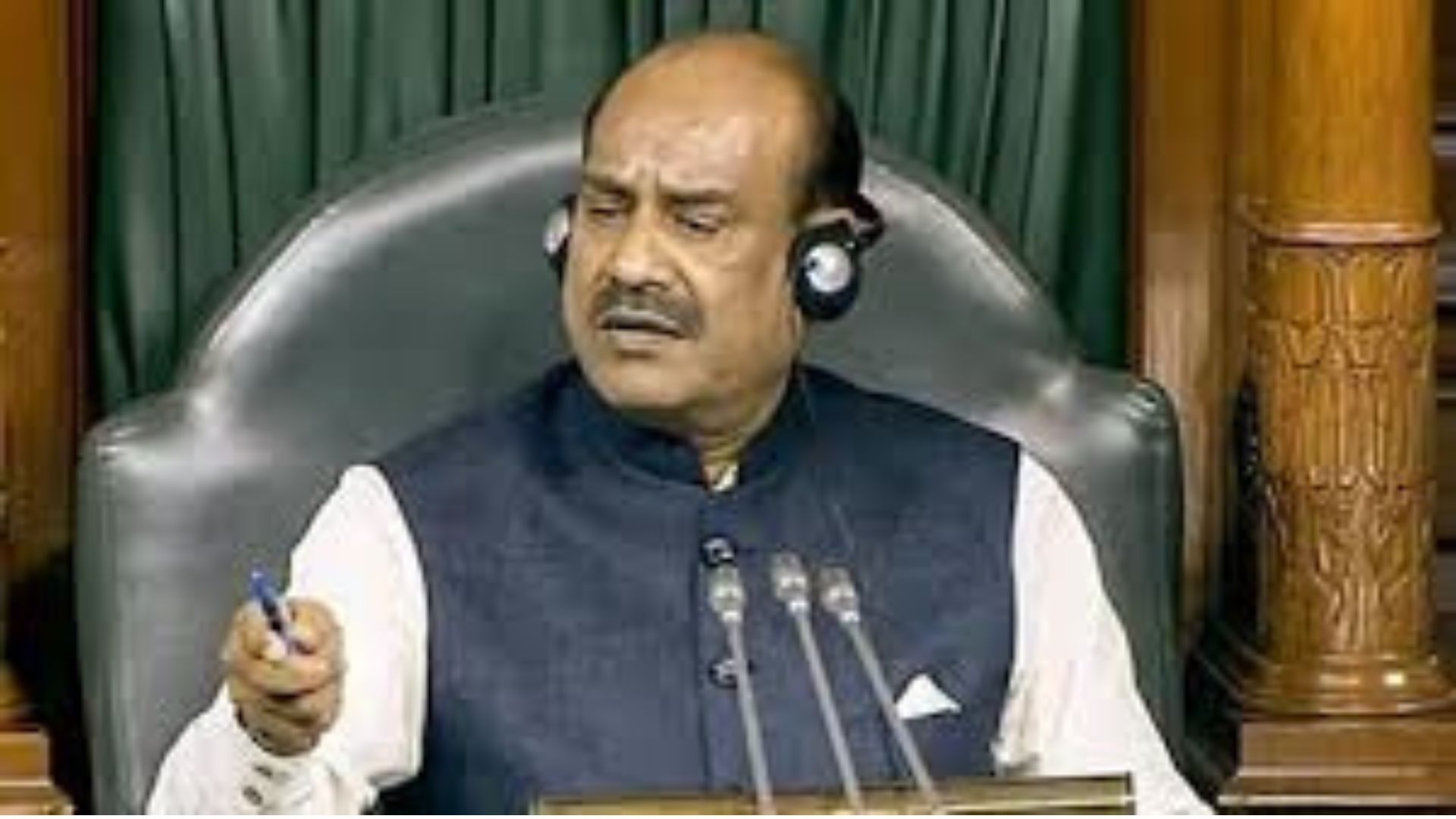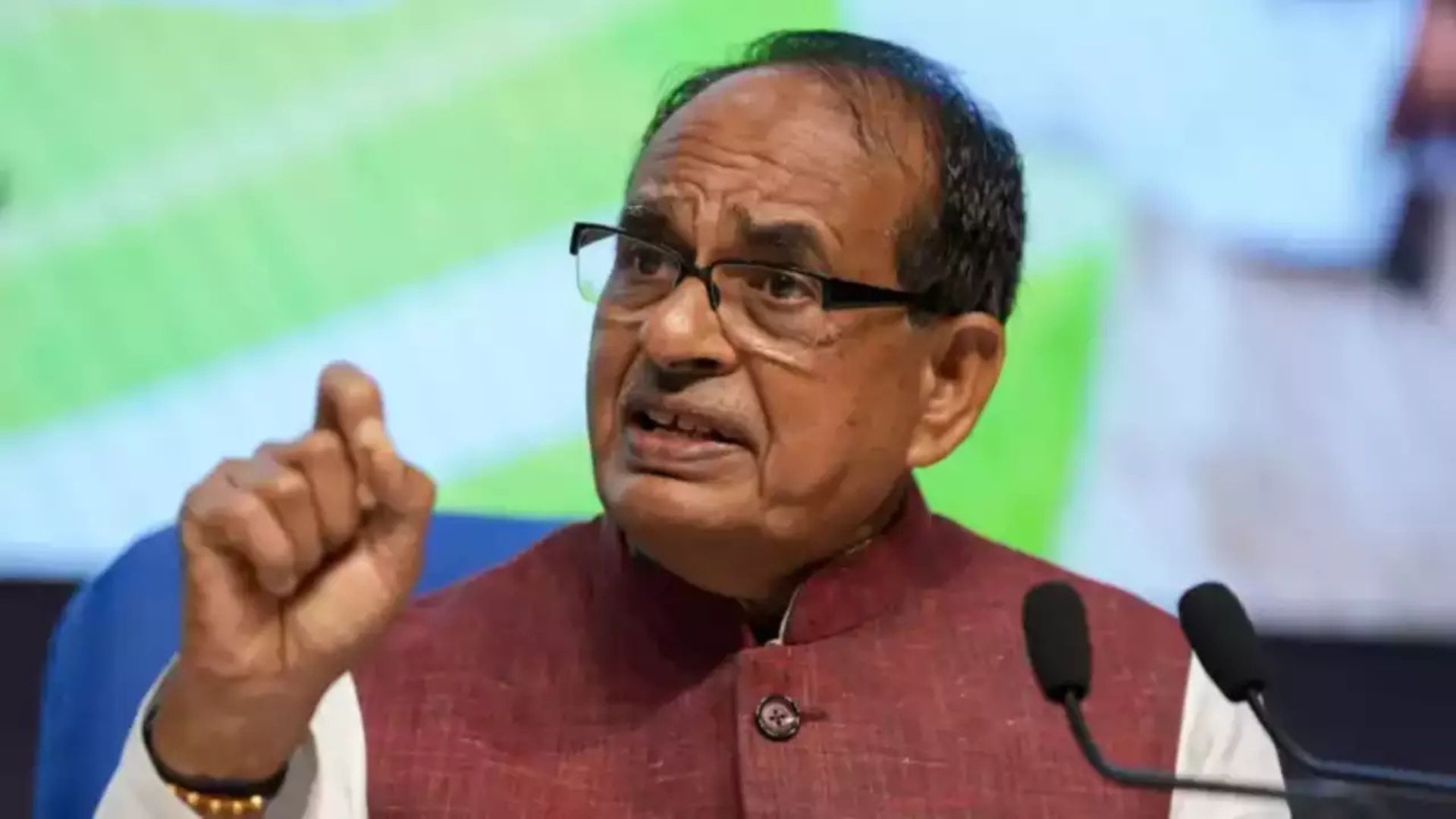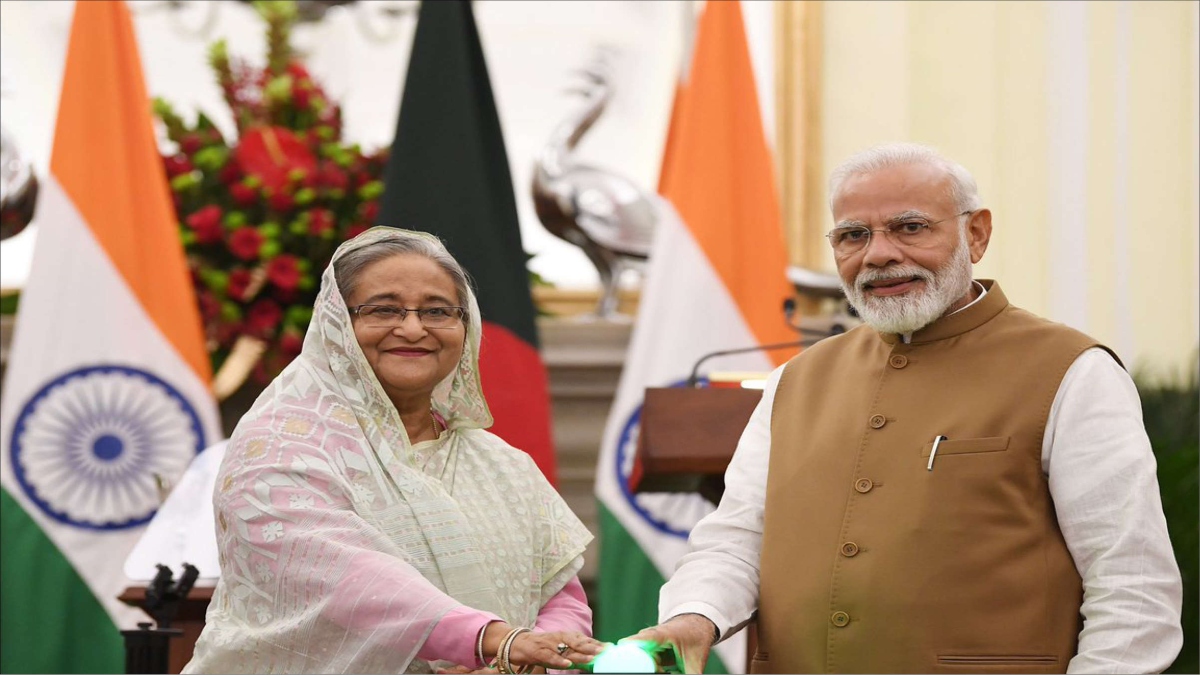
The Government of India Under then Prime Minister P.V. Narasimha Rao launched India’s ‘Look East’ policy in 1991, giving the much-deserved importance to the diplomatic and economic relations with countries lying to the east of India, especially the ASEAN and other Southeast Asian countries. On taking over as the Prime Minister in 2014, Narendra Modi rechristened the policy as ‘Act East’ policy. It has often been interpreted as a policy looking beyond Asia to include countries like Australia and New Zealand.
The PM has often emphasised on the need to make the Northeast as the launch pad of India’s ‘Act East’ policy. It needs to be remembered that this policy did not come out of the blue. One of the many reasons was global geopolitical churning which happened during that period. With the fragmentation of the erstwhile Soviet Union, with whom India had strong strategic ties, India was left in a position where it had had no strategic support in the international arena. To add to the misery, its socialistic economy was in a shambles, to say the least. A realisation also dawned that relations with immediate neighbours are as important as with the global powers in the West.
With never-ending hostility between India and Pakistan and unsettled borders with China, importance of other neighbours became even more pronounced. It is also a fact that most of India’s neighbours except China are comparatively small countries that always perceive India as a “big brother” in the region. The Government of India has put in deliberate effort to bring comfort in relationship with its neighbours over the past decade by frequent interactions at all levels.
In order to exhibit the importance which India gives to its neighbours, Prime Minister Modi invited all heads of state of the SAARC countries for the swearing in ceremony of his cabinet in 2014 and all heads of BIMSTEC countries in 2019. Bangladesh is part of both the groupings and even the BIMSTEC secretariat is located in Dhaka which further reinforces the importance of the IndiaBangladesh relationship. All heads of ASEAN were the guests for Republic Day Parade on 26 January 2018. The joint statement at the end of that engagement amply stressed the equation between India and the countries of ASEAN grouping. They looked towards India as a fulcrum of power in the region to counter growing Chinese expansionism and establishment of rule of international law, especially in the Indo-Pacific. In fact, the US named the region IndoPacific to emphasise the role it perceives India to play in the region. It has gone to the extent of renaming the Pacific Command as Indo-Pacific Command.
One thing that needs to be understood while ‘Acting East’ is that China will always be an elephant in the room whenever we attempt to enhance our influence in the countries around India. Most of them like Bhutan, Myanmar and Nepal also share borders with China. Another reason is the disproportionate economic muscle which China wields by which it can promise much larger investments and quicker decisions to implement the promised investments due to the system of governance they follow. No wonder we have been often checkmated by China on investments in Myanmar, Sri Lanka and the Maldives. China’s economic muscle beats our advantage of being a democracy.
India’s Look/Act East policy has been in vogue for almost three decades without tangible progress. Maybe this has been the preparatory stage till now, but the time has come for it to deliver results. It has also been experienced that decisions taken in multilateral forums like SAARC or BIMSTEC take much longer to fructify compared to execution of bilateral agreements.
A time has now come to accord priority to bilateral projects which can act as building blocks to realising larger goals of the declarations made at the summits of groupings like BIMSTEC. One country which stands out for this purpose is Bangladesh because, besides the historical and cultural ties which bind us, both countries are vibrant democracies that have fought fiercely for their independence as a joint cause before 1947 and then again in 1971. Bangladesh has been a reliable partner in helping India counter insurgency in Assam by handing over the ULFA leadership and not allowing them to use Bangladesh as a base. A time has come for India to stop worrying about the influx of Bangladeshis but encourage people-to-people contact, of course by mechanism which takes care of concerns of all stakeholders. Technology is a great facilitator in implementing policies related to human movement. This is not to discount the importance of relations with other neighbours but for sure Bangladesh is a natural partner with minimum complications in taking forward the relationship to the next level.
In the present era, economic factors form the bedrock of diplomatic ties between two countries and are an important element of any strategic relationship. There is immense potential of economic and strategic cooperation between the two countries. Bangladesh is geographically neighbouring India from three sides with access to Bay of Bengal. On the other hand the Northeast is landlocked and separated from even Indian economic centres like Kolkata by Bangladesh. It is a well-known fact that prior to India’s independence from the British in 1947, there existed a well laid out multi-modal transportation system including the inland waterways which facilitated logistics and hence resulted in major economic activity between the Northeast and the eastern part of undivided India. This historical disaster of Partition can be set right by having seamless connectivity between eastern parts of India and the Northeast through Bangladesh which will result in economic benefits to people of both the countries.
Therefore, in order to implement the above thought, firstly, transit agreements to allow movement between eastern India and the Northeast through Bangladesh must be made possible by all modes of transport at the earliest; this will reduce cost of logistics substantially, thereby making the economies efficient and competitive. Secondly, India must access the Bay of Bengal through Bangladesh ports to help the Northeast trade with other countries rather than depending on Indian ports. This will generate revenue for Bangladesh as also reduce logistics cost for trade originating from the Northeast. Thirdly, in order to take benefit from the above connectivity, the Northeast must be developed as a manufacturing hub to meet India’s dream of making the region the launch pad of India’s Act East policy. It is not economically viable to source goods from India’s hinterland and then export to Southeast Asian countries through the land route.
Fourthly, it would be prudent to establish joint export-oriented Special Economic Zones (SEZs) pooling the natural and human resources so that the synergy so generated can make the region a manufacturing hub competing with ASEAN economies. Both Indian and Bangladesh economies must operate to create a highly competitive global manufacturing hub which will be mutually beneficial to the people of both the countries. Last but not the least, to achieve the above, a synergised effort by the Central and state governments to bring the law and order situation to a level which facilitates economic activity is a necessity. Raising the bar of the India-Bangladesh economic and strategic relationship to the next level can be a major contributing factor for success of India’s Act East policy.
During 39 years of military service, Lt Gen Balbir Singh Sandhu secured the apex appointment of Director General of Supplies & Transport of Army, headed a force of approximate 75,000 officers, JCOs, jawans and civilians deployed across India. He also served as the Director General of Information Technology of the Army. He is actively involved with think tanks such as USI, CLAWS, IDSA and ORF. The views expressed are personal.
